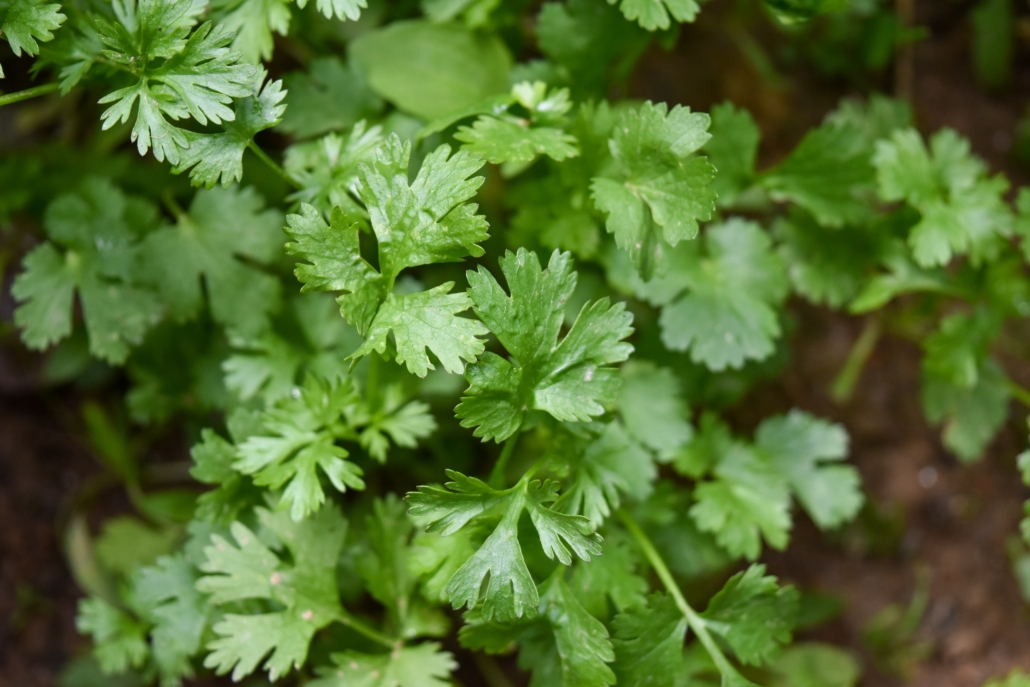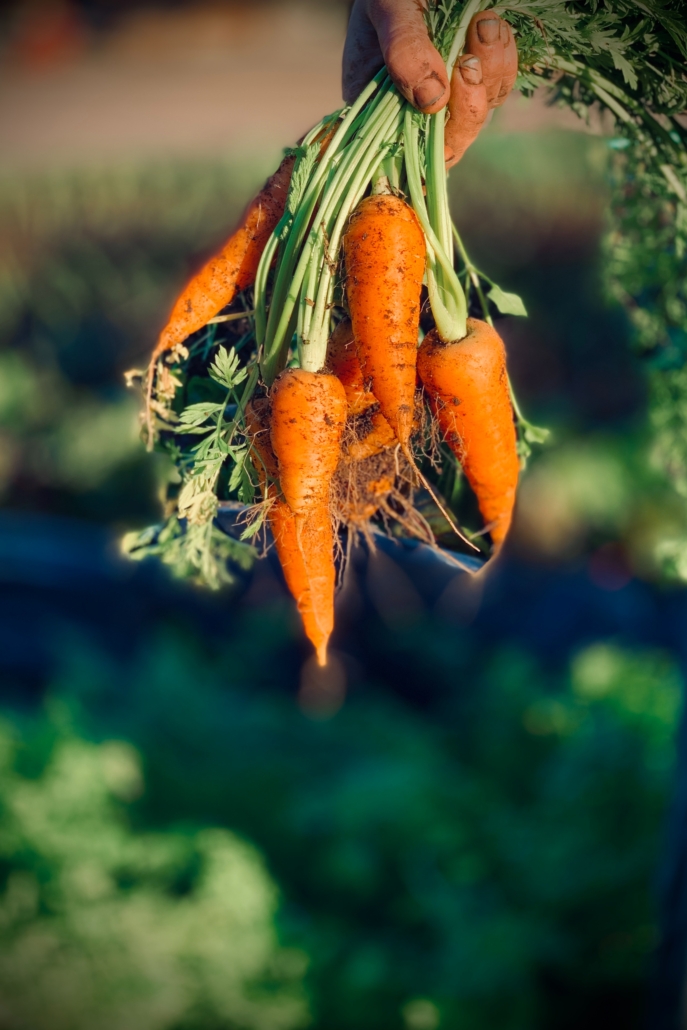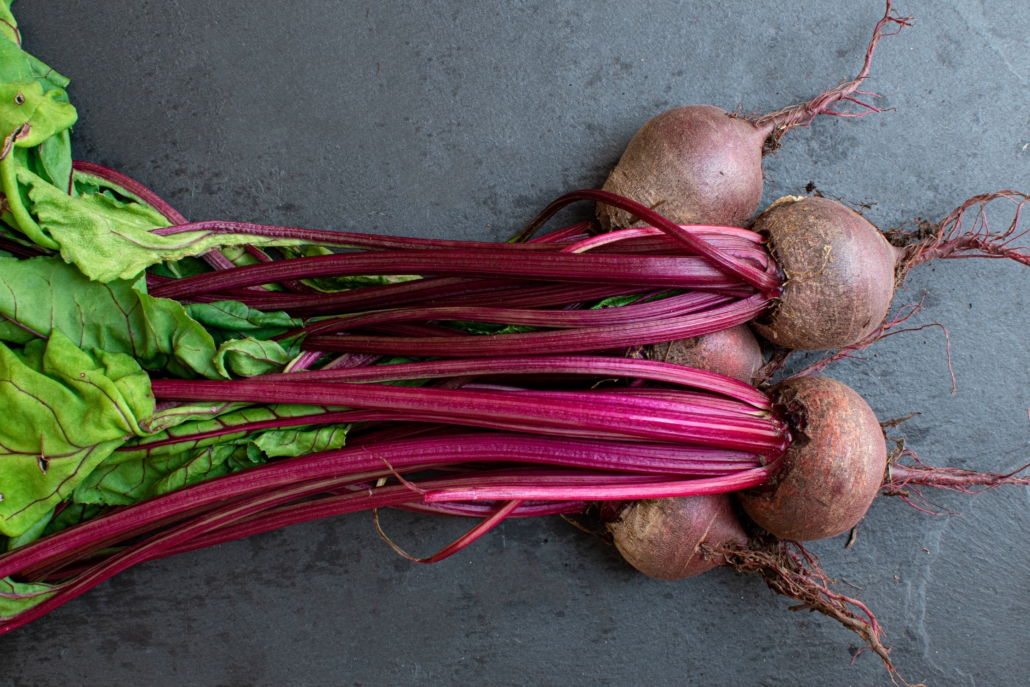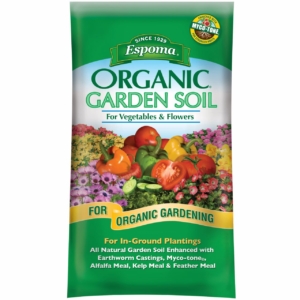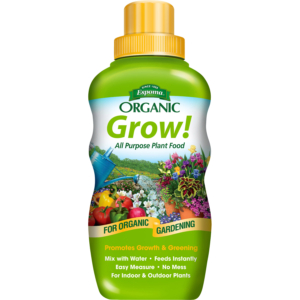As a beginner gardener, it can be overwhelming to navigate the various factors that can affect the success of your plants. One of the most important aspects to consider is your garden’s hardiness zone, frost dates, and microclimates.
This blog is inspired by Episode 118 of Growing Joy with Maria Podcast, where host Maria Failla interviewed Rochelle Greayer of the renowned garden design website Pith & Vigor.
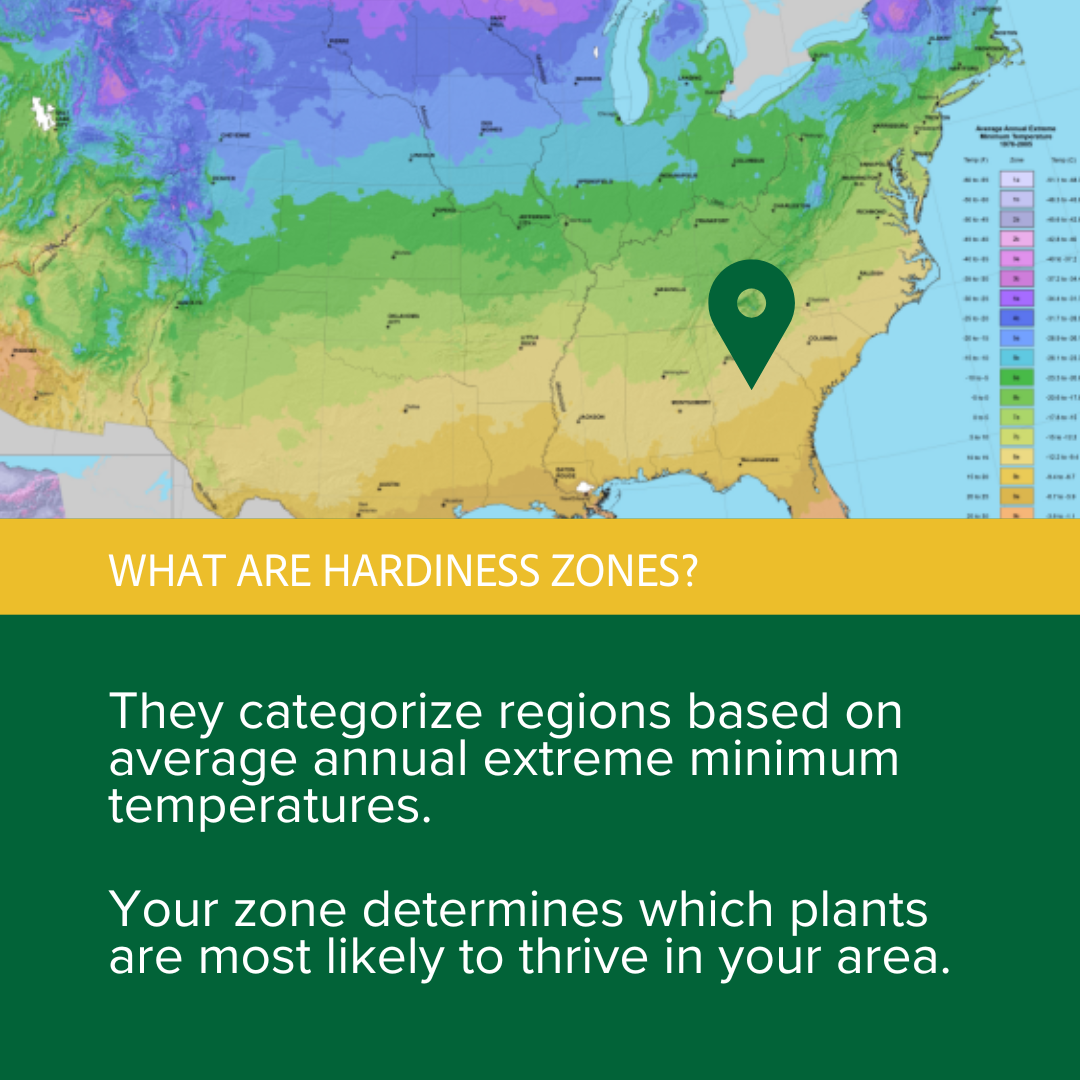
What are Hardiness Zones?
Hardiness zones are a way to categorize regions based on average annual extreme minimum temperatures. The United States Department of Agriculture (USDA) has divided the country into 13 zones, with each zone representing a range of temperatures. The lower the zone number, the colder the region.
Knowing your hardiness zone is crucial because it determines which plants are most likely to thrive in your area.
When selecting plants, make sure to choose the ones that are recommended for your zone. Plant tags or online descriptions will often indicate the plant’s hardiness zone.
It’s important to note that while hardiness zones provide a general guide, they are not foolproof. Other factors, such as soil type, rainfall, and elevation, can also affect a plant’s success. However, knowing your hardiness zone is a good starting point for selecting plants that are well-suited to your area.
What are Frost Dates?
Frost dates refer to the average dates of the first and last frost in your area. These dates are important because frost can damage or kill tender plants, so it’s best to avoid planting them until after the last frost in the spring.
To ensure good germination rates and healthy seedlings, consider using a soil mix specifically designed for starting seeds, such as Espoma Organic Seed Starter.
To determine your area’s frost dates, you can consult a gardening book or website, or contact your local extension office. Another great tip is to go to your local nursery and ask the workers when they plant their gardens, they are the true experts in your region!
Keep in mind that frost dates are just averages, so it’s always a good idea to stay vigilant and protect your plants during particularly cold spells. One way to protect your plants from frost is to cover them with a frost blanket or other protective covering. You can also plant tender plants in containers that can be moved indoors during cold spells.
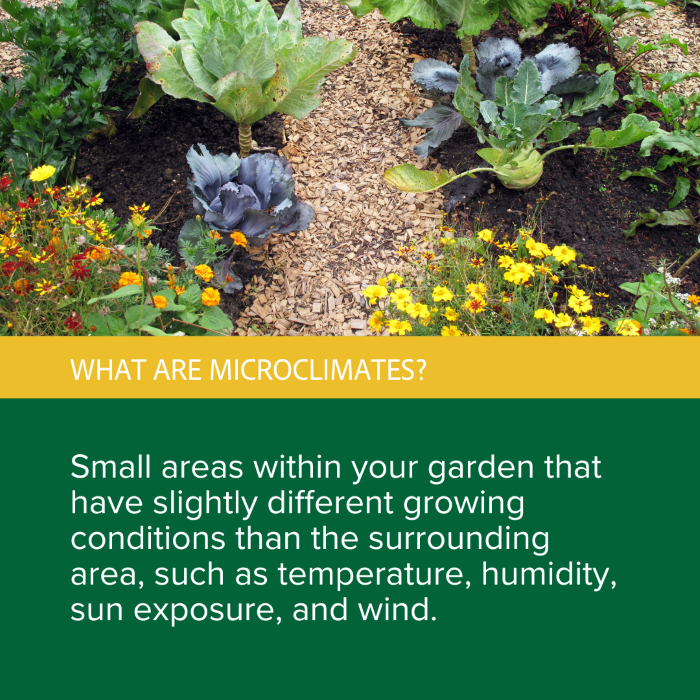
What are Microclimates?
Microclimates are small areas within a garden that have slightly different growing conditions than the surrounding area. These differences can be caused by variations in temperature, humidity, sun exposure, and wind.
For example, a south-facing wall may be warmer and sunnier than the rest of the garden, making it an ideal spot for heat-loving plants. A low-lying area may be more prone to frost and moisture, making it a good spot for plants that prefer cooler and wetter conditions.
By paying attention to microclimates in your garden, you can make the most of the varying conditions and create a more diverse and successful garden.
To help improve soil health and promote plant growth, you may want to consider using a plant food like Espoma Garden-tone or Plant-tone. These products contain a blend of natural ingredients that provide essential nutrients to a wide variety of plants.
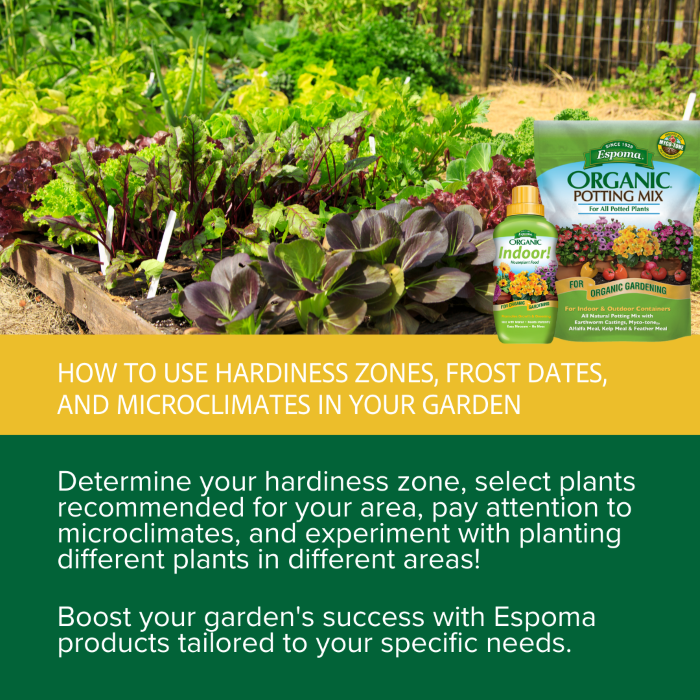
How to Use Hardiness Zones, Frost Dates, and Microclimates in Your Garden.
Now that you understand the basics of hardiness zones, frost dates, and microclimates, you can use this information to plan your garden more effectively.
Start by determining your hardiness zone and selecting plants that are recommended for your area. Make sure to also take into account your area’s frost dates and avoid planting tender plants until after the last frost in the spring.
Next, pay attention to the microclimates in your garden and use them to your advantage. Experiment with planting different plants in different areas to see which ones thrive best in each microclimate.
Finally, don’t be afraid to reach out to local gardening experts for more specific advice on your area’s growing conditions. With a little bit of research and planning, you can create a beautiful and successful garden that thrives in your unique environment.
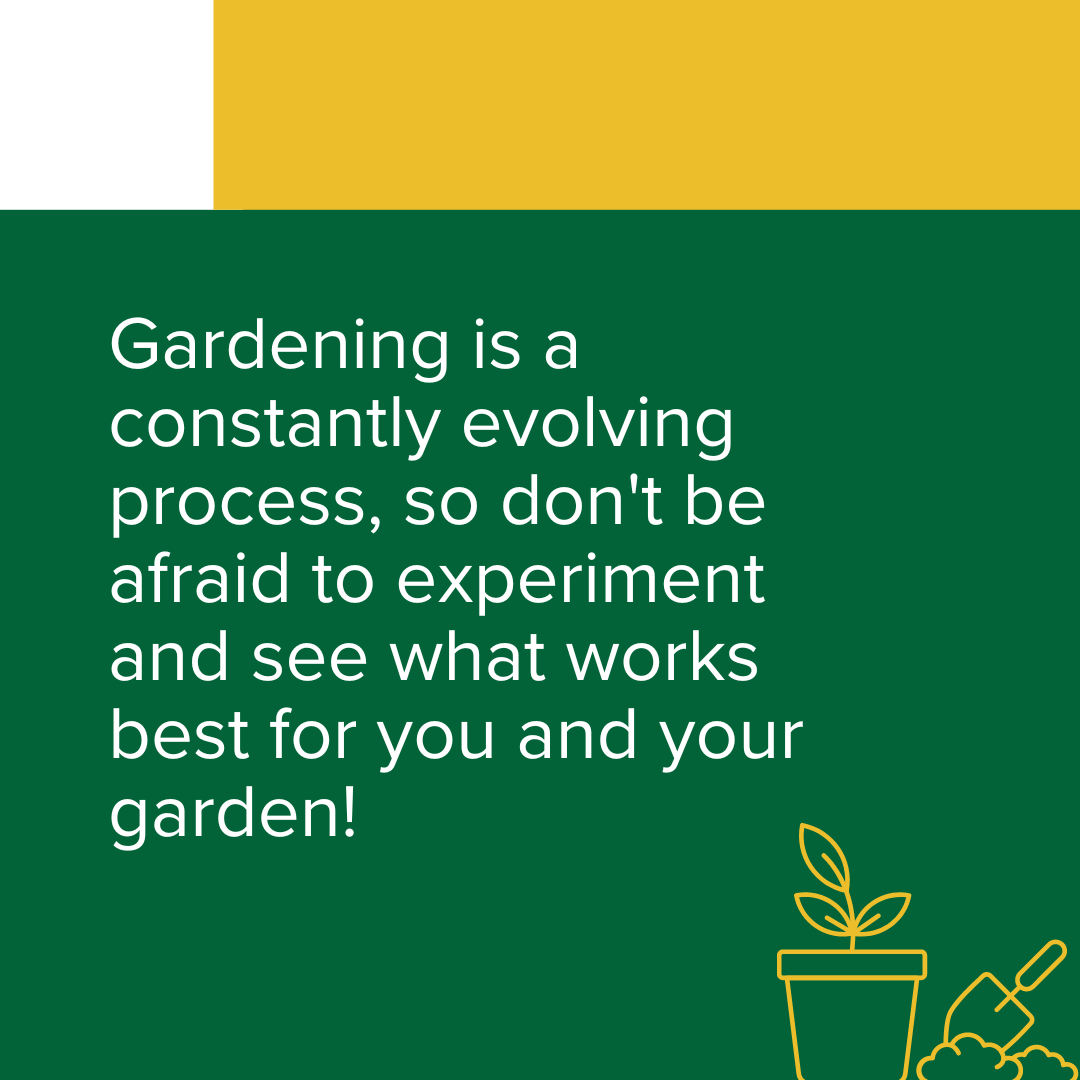
*****
Additional Tips
Here are some additional tips to help you make the most of your garden’s hardiness zone, frost dates, and microclimates:
1. Consider using raised beds or containers to create microclimates within your garden. You can fill these containers with soil that is specifically tailored to the plants you want to grow. Espoma Organic Raised Bed Mix is perfect for filling raised beds.
2. Use mulch to help regulate soil temperature and moisture levels. It can also help prevent weeds from growing.
3. Keep a gardening journal to track your successes and failures. This can help you refine your gardening techniques and learn from your mistakes.
4. Consider joining a local Garden Club or attending gardening workshops in your area. This can be a great way to learn from experienced gardeners and get advice on specific challenges you may be facing.
5. Don’t be afraid to experiment! Gardening is a constantly evolving process, and it’s okay to try new things and see what works best for you and your garden.
Understanding your garden’s hardiness zone, frost dates, and microclimates is important for successful gardening. By selecting plants that are recommended for your zone, planting after the last frost, and taking advantage of microclimates, you can create a beautiful and thriving garden!
Featured Products:
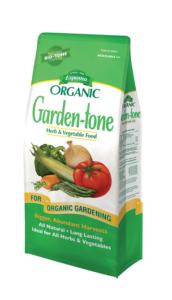
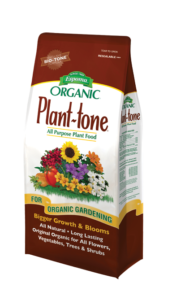
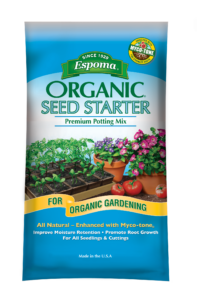
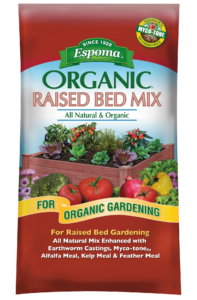

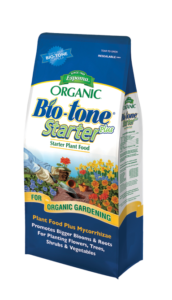

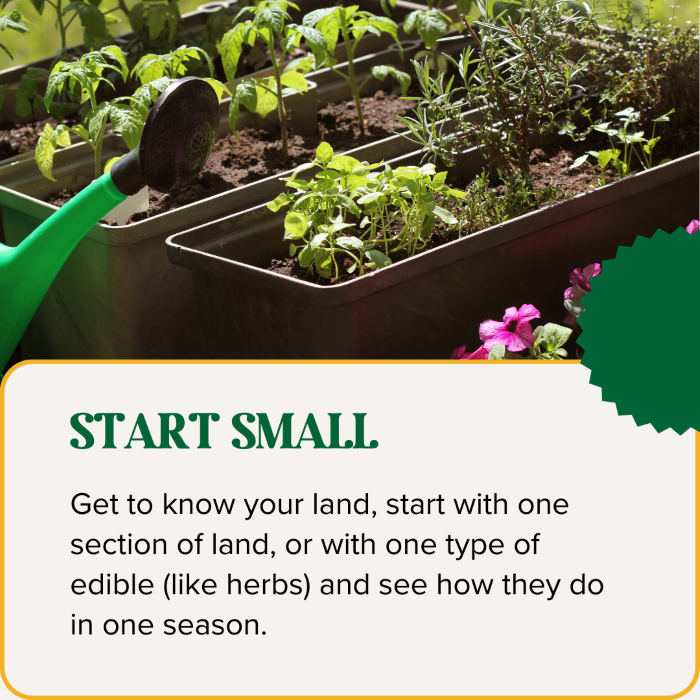
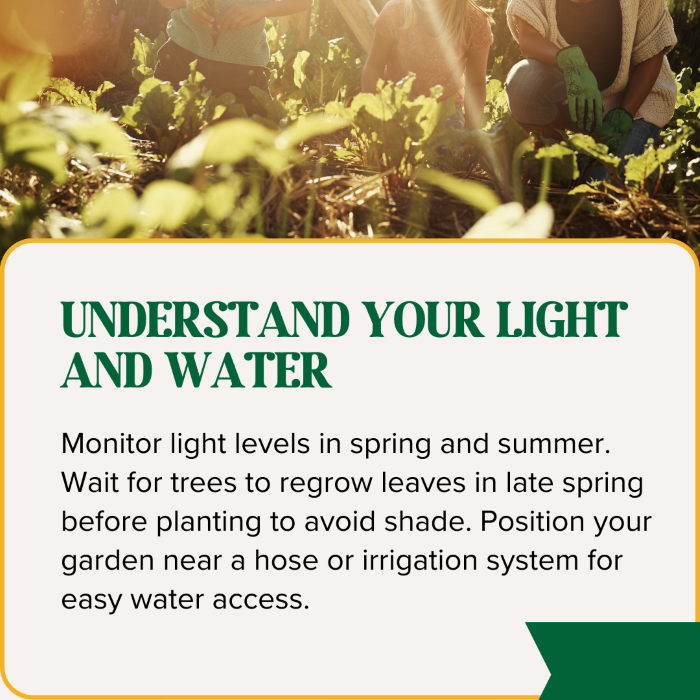
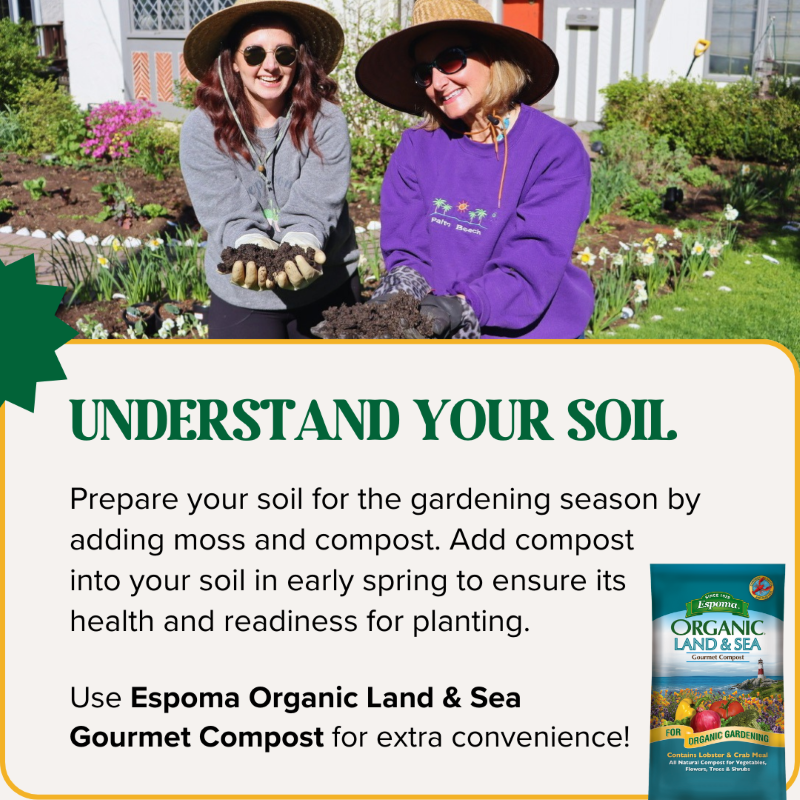
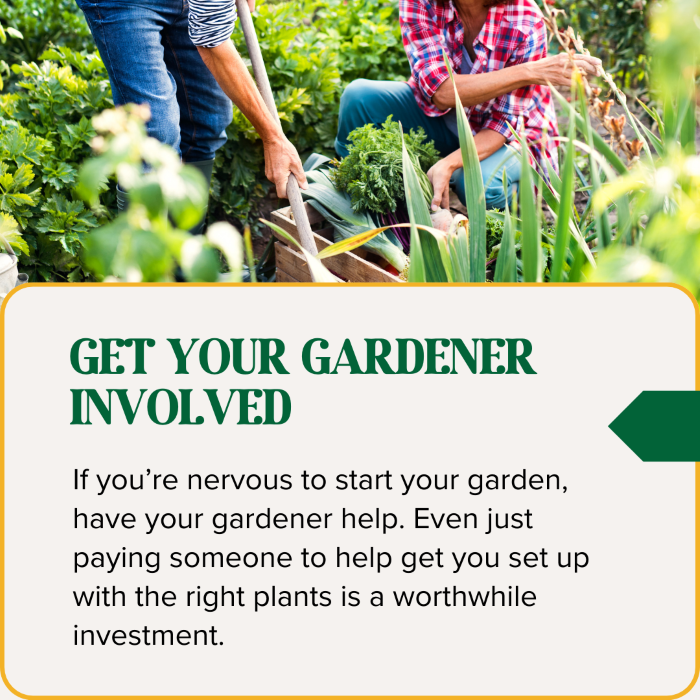
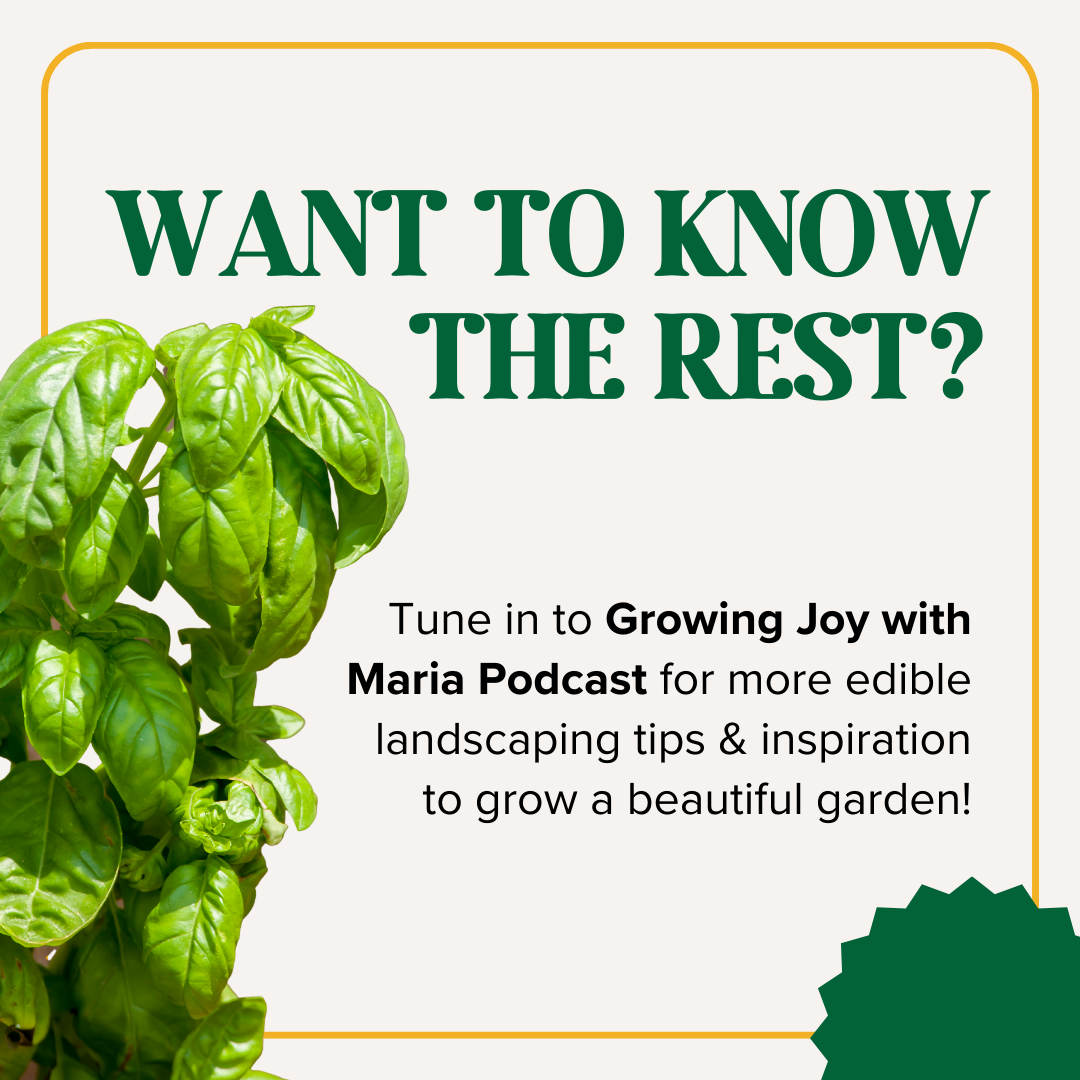
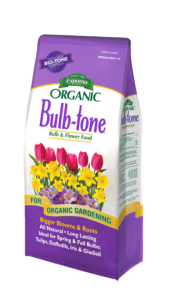
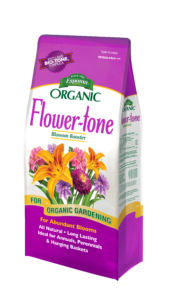

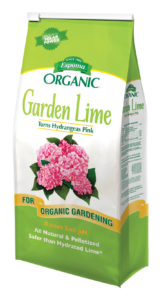
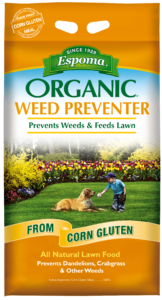
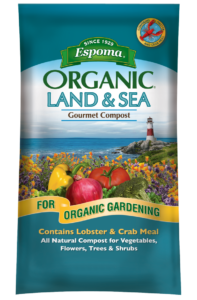



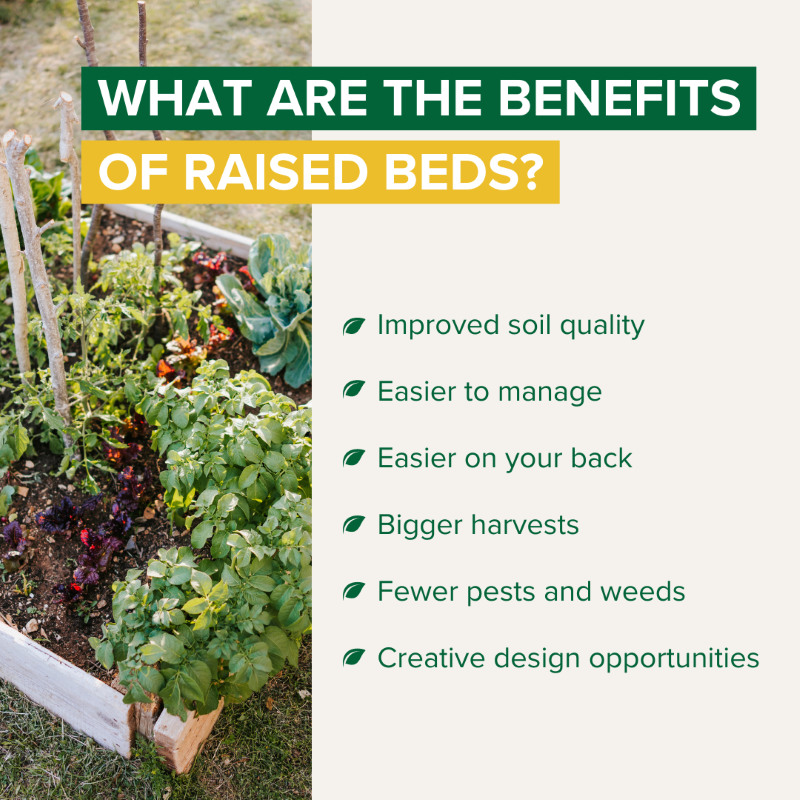
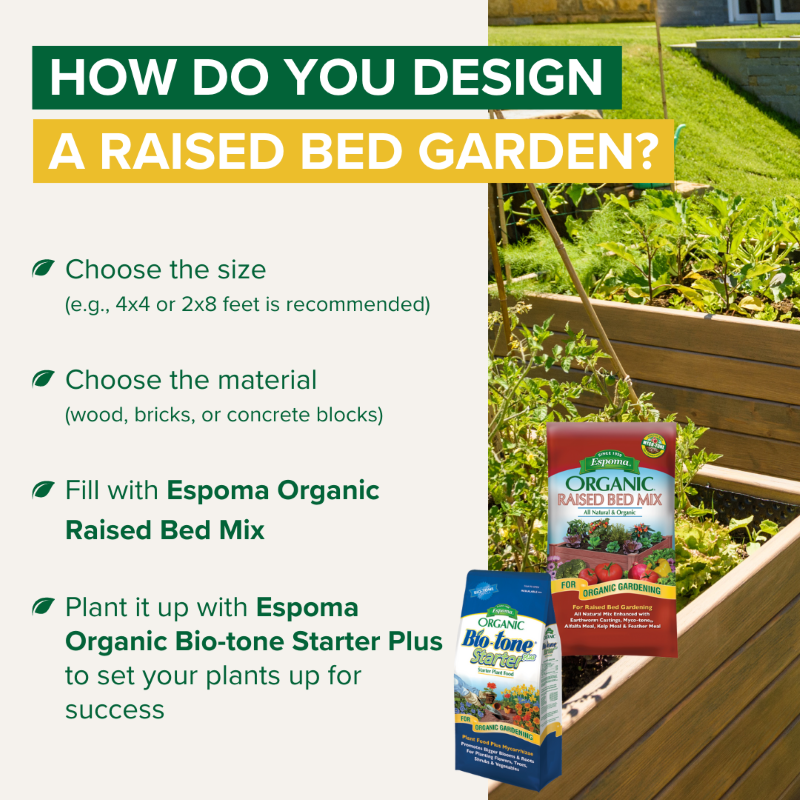
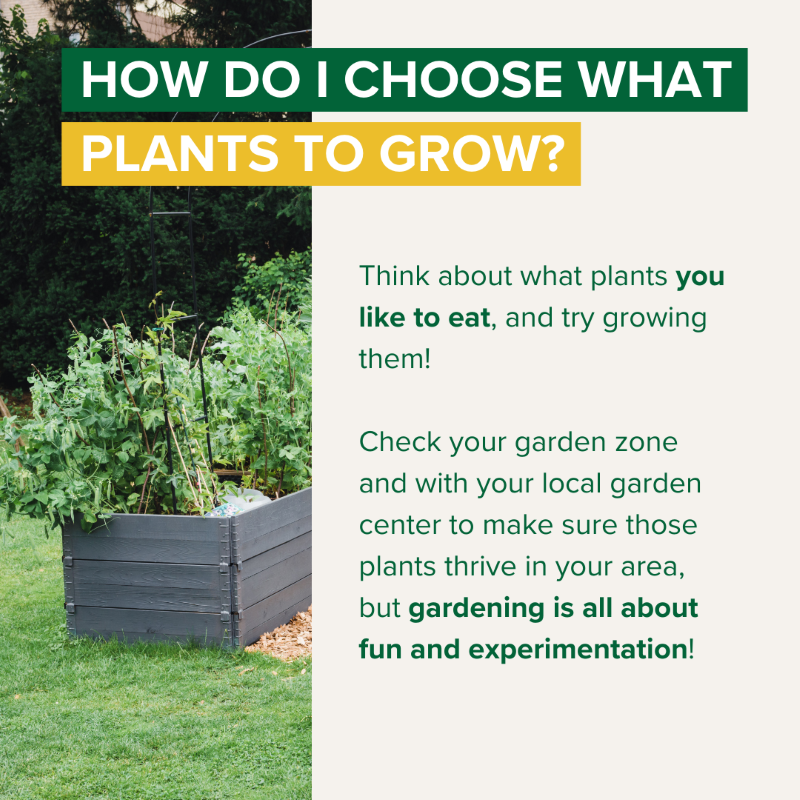
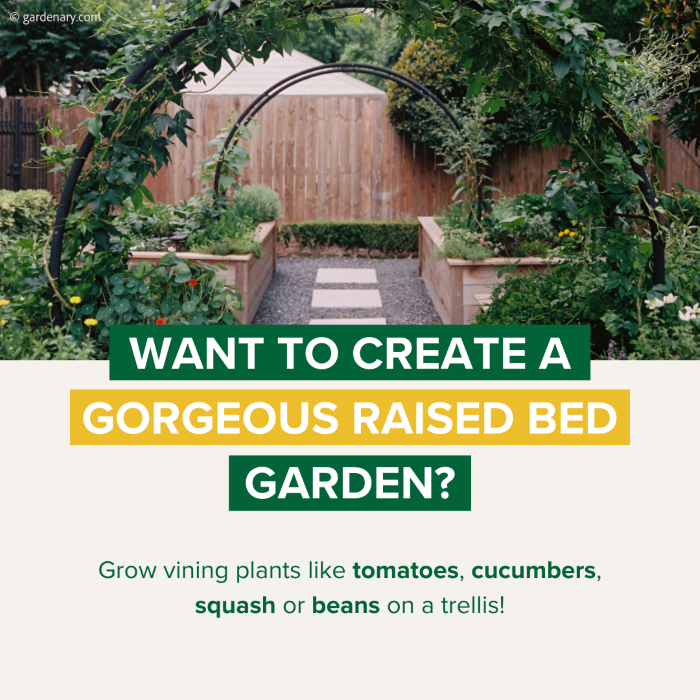
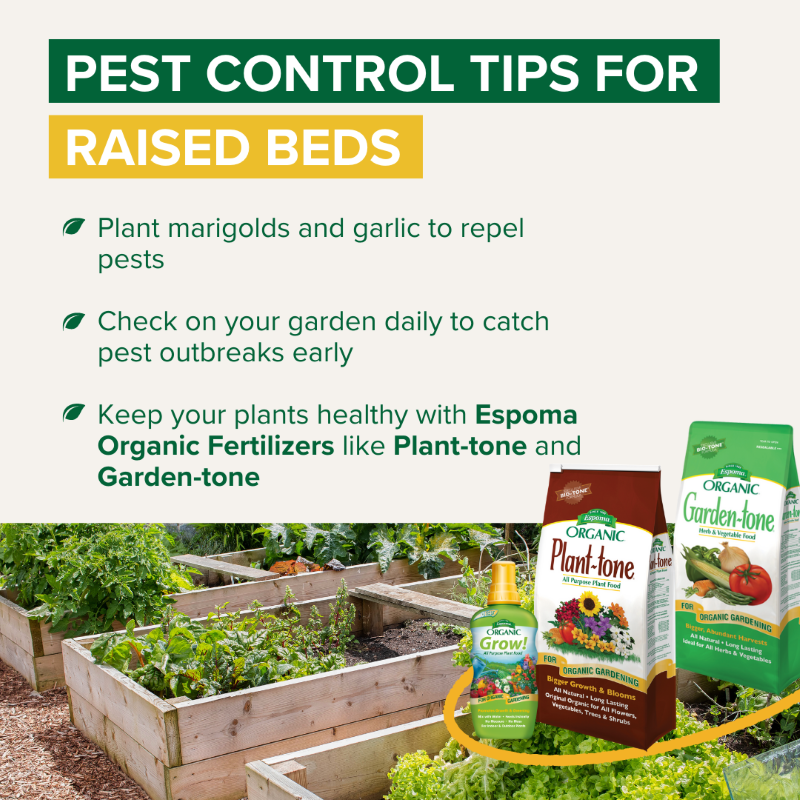

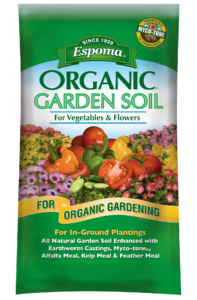
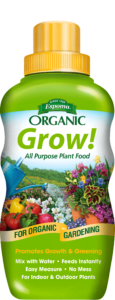
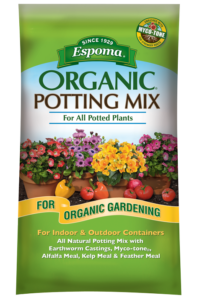




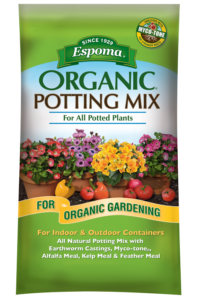
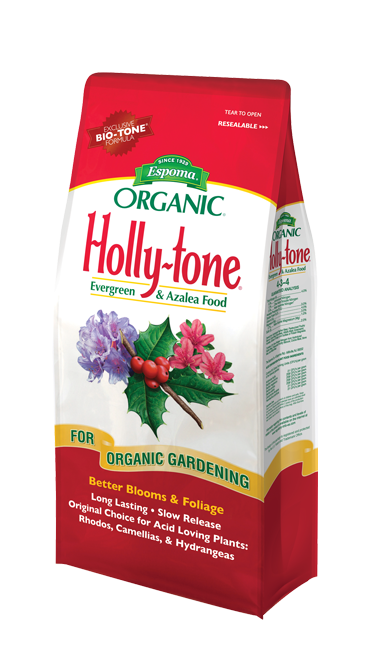
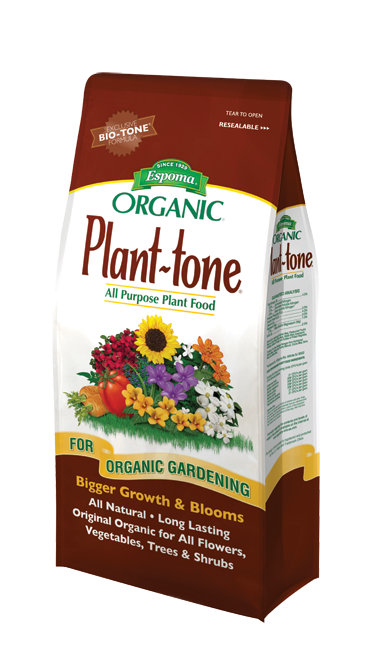
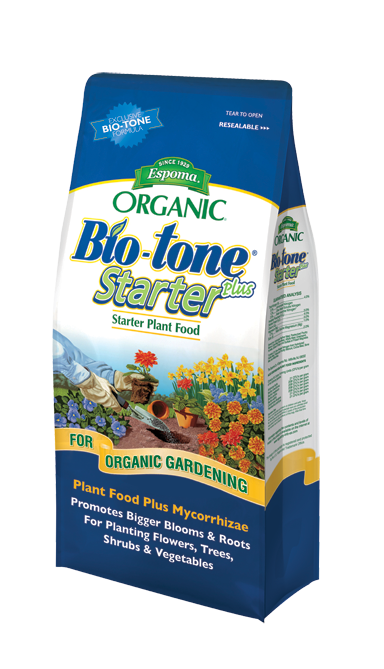
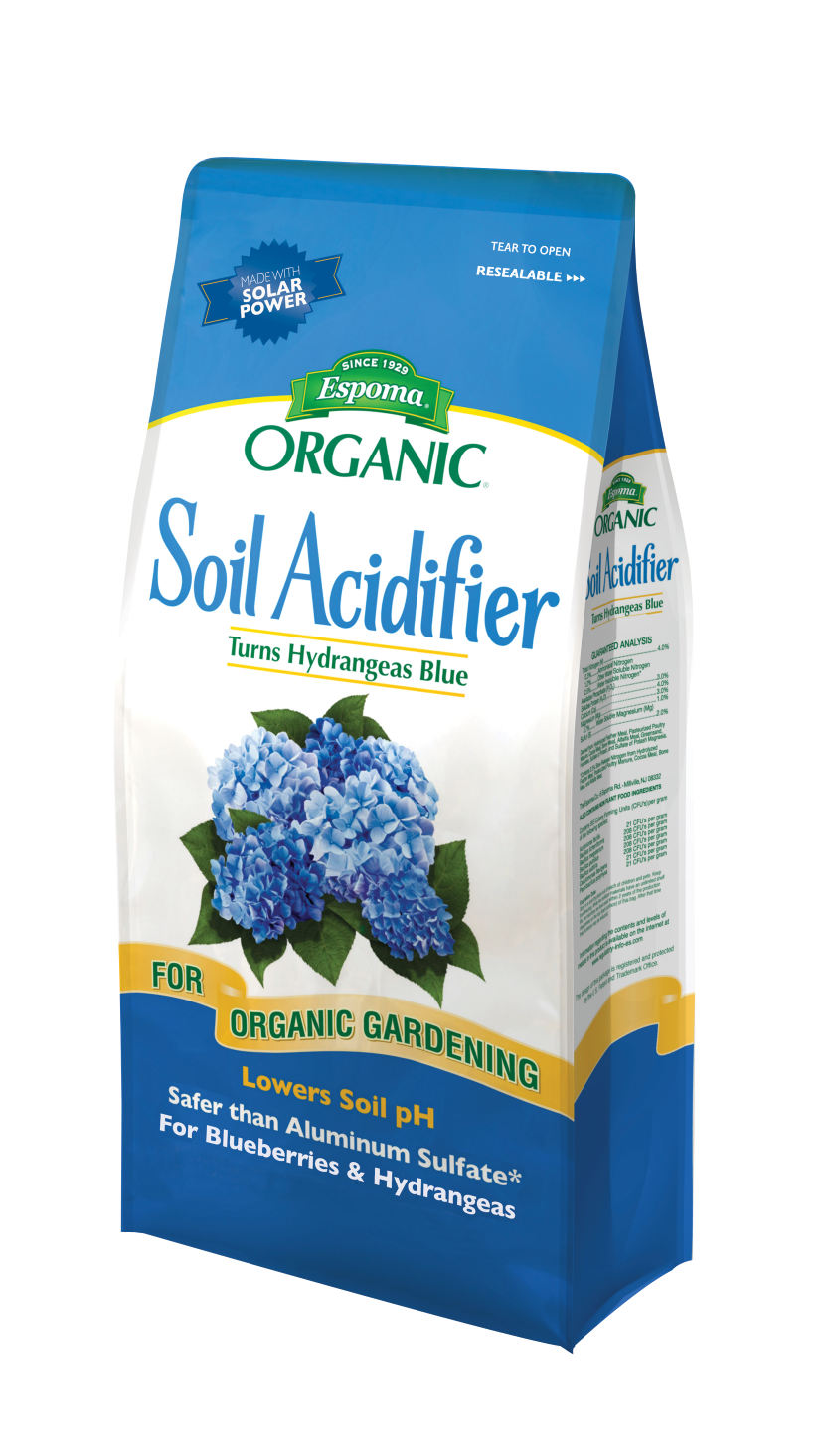
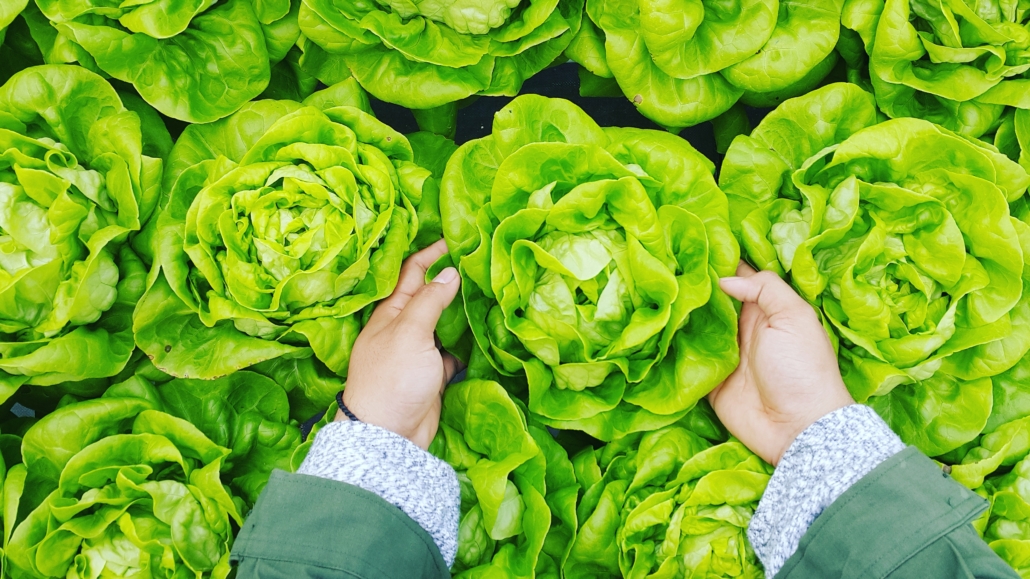
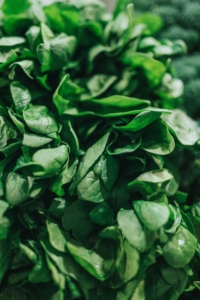 Spinach
Spinach